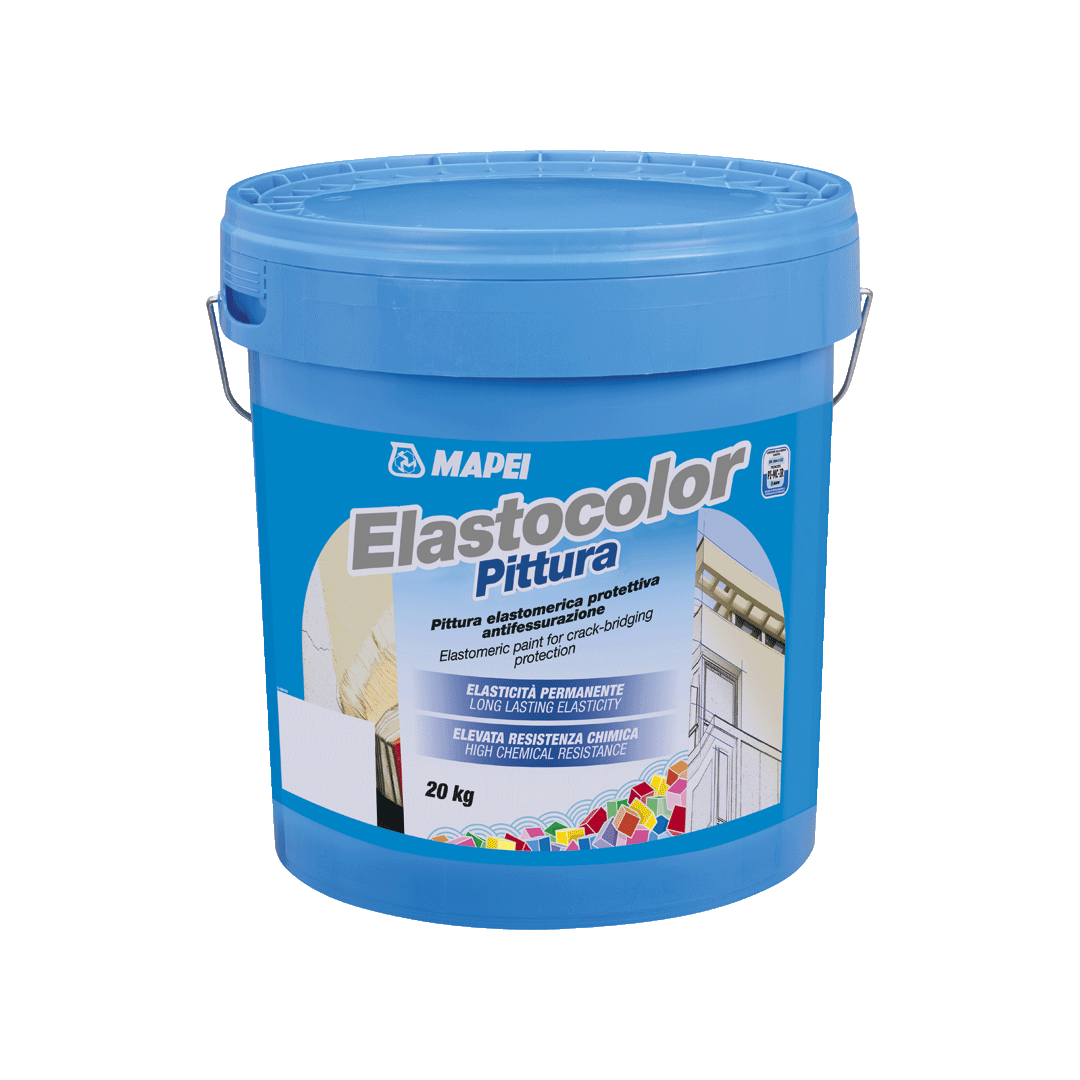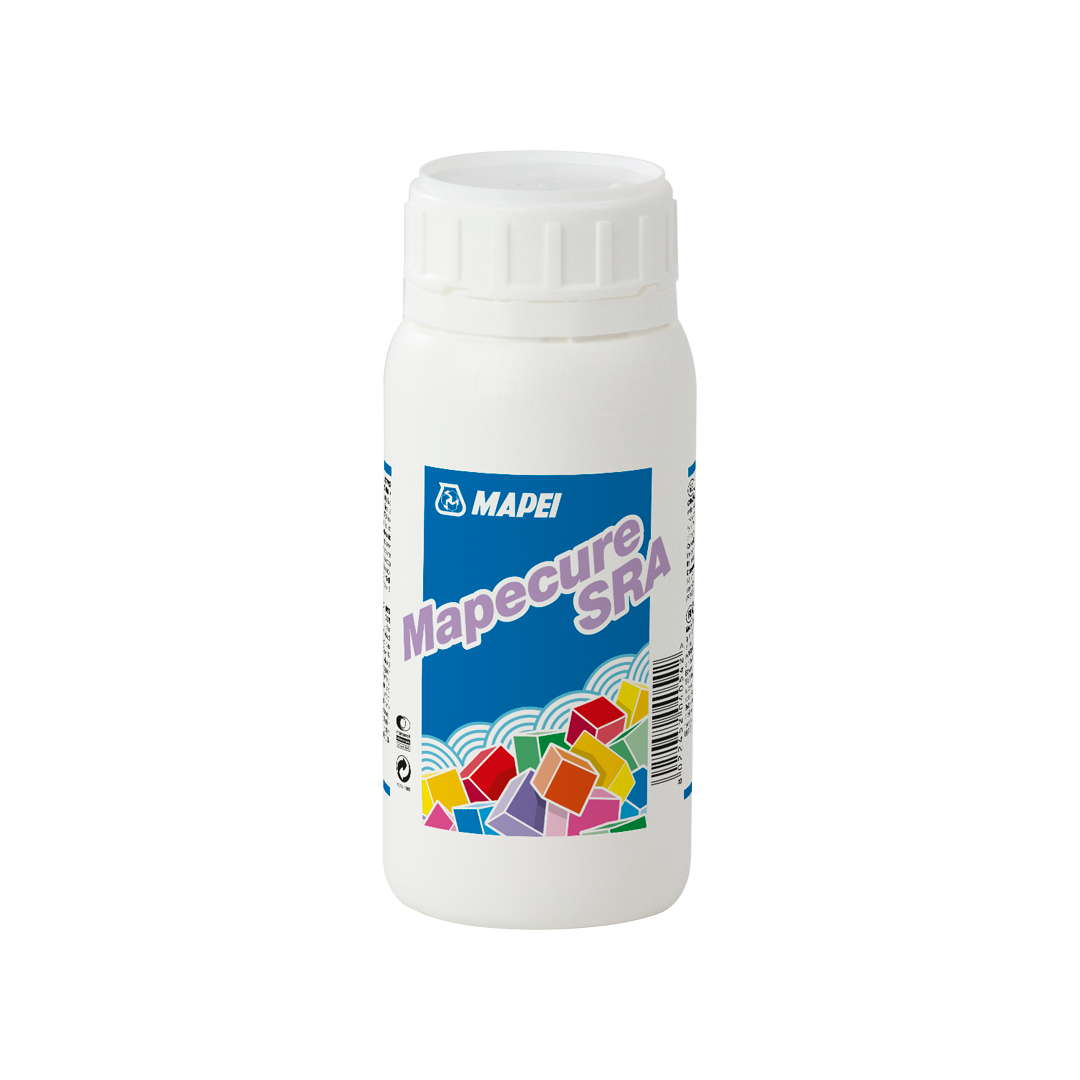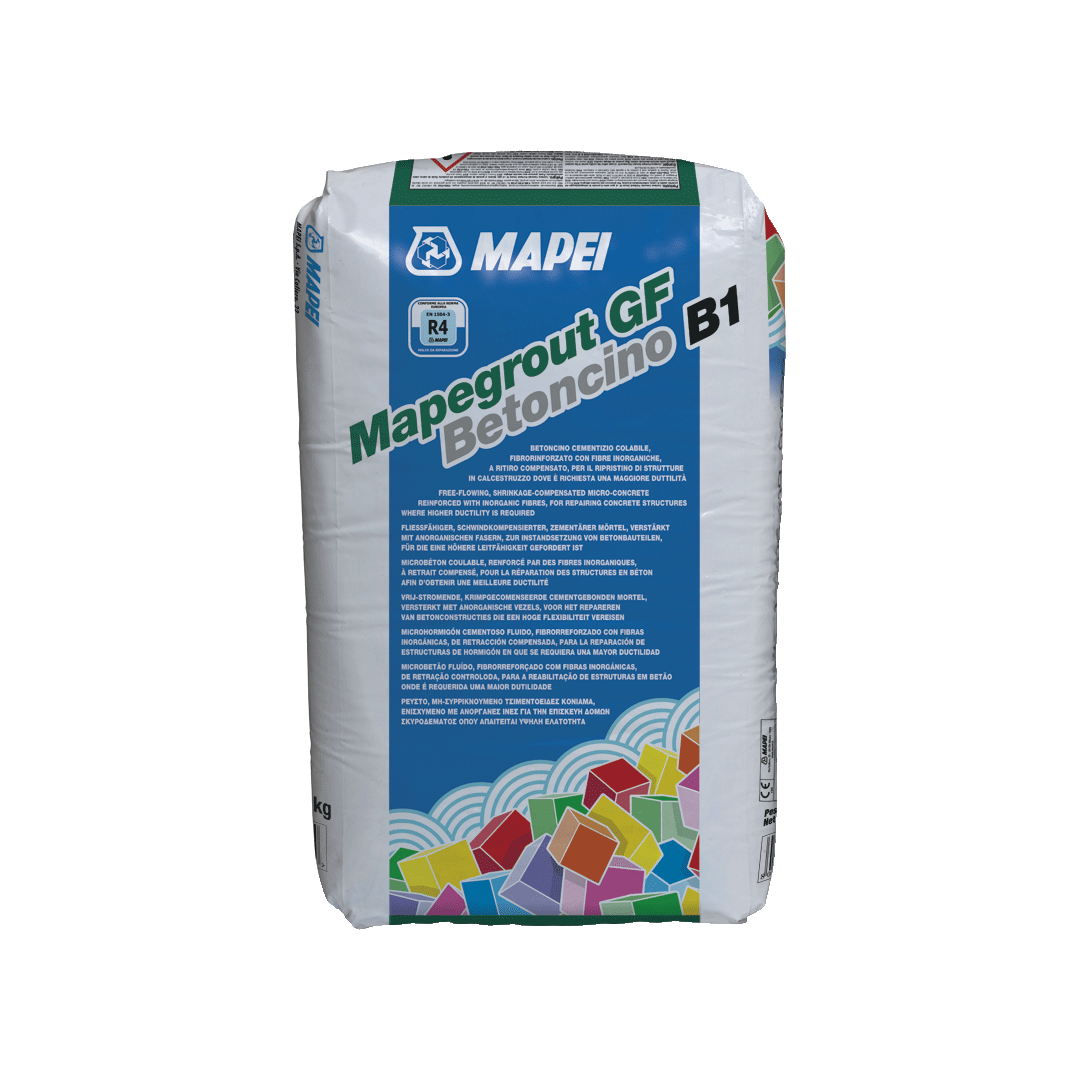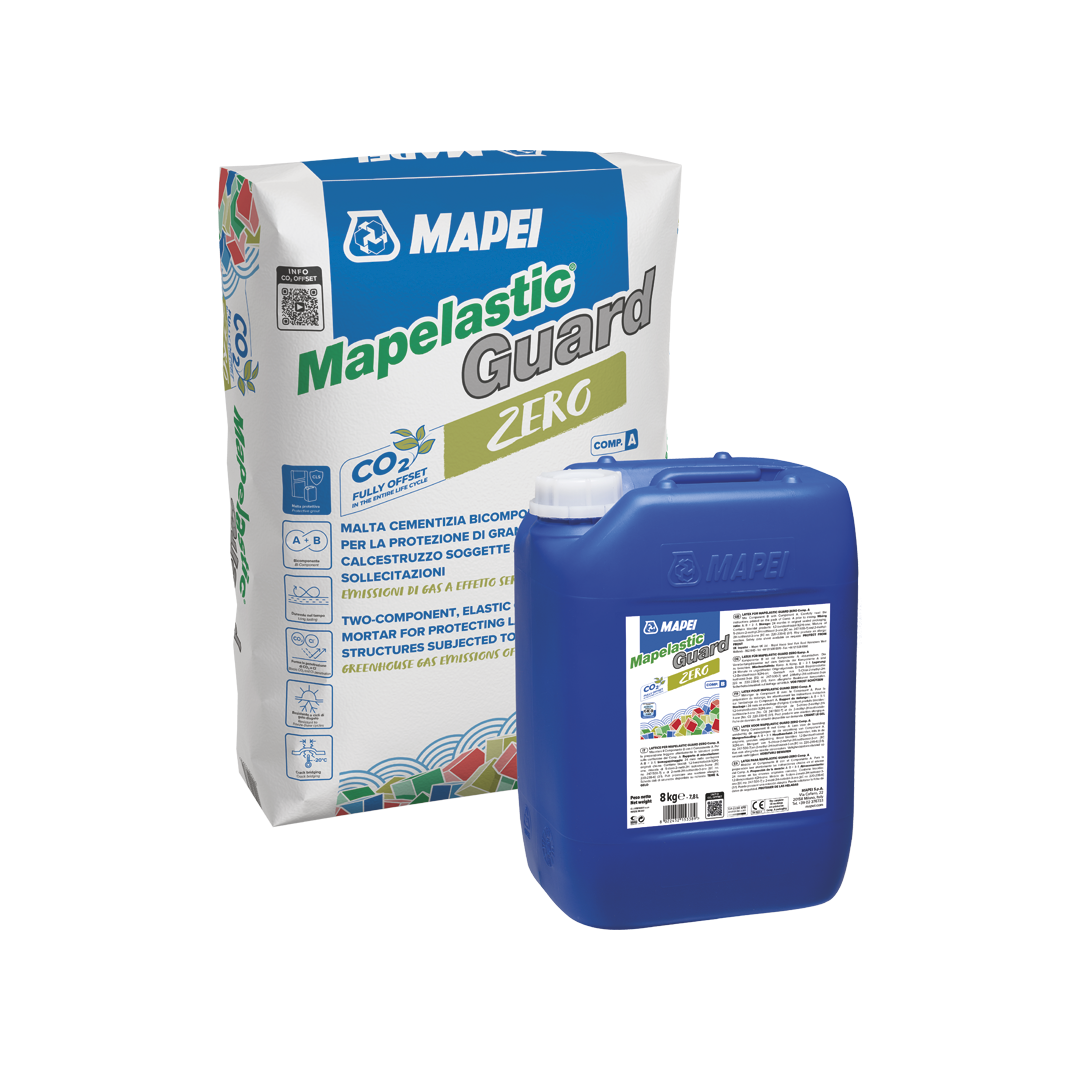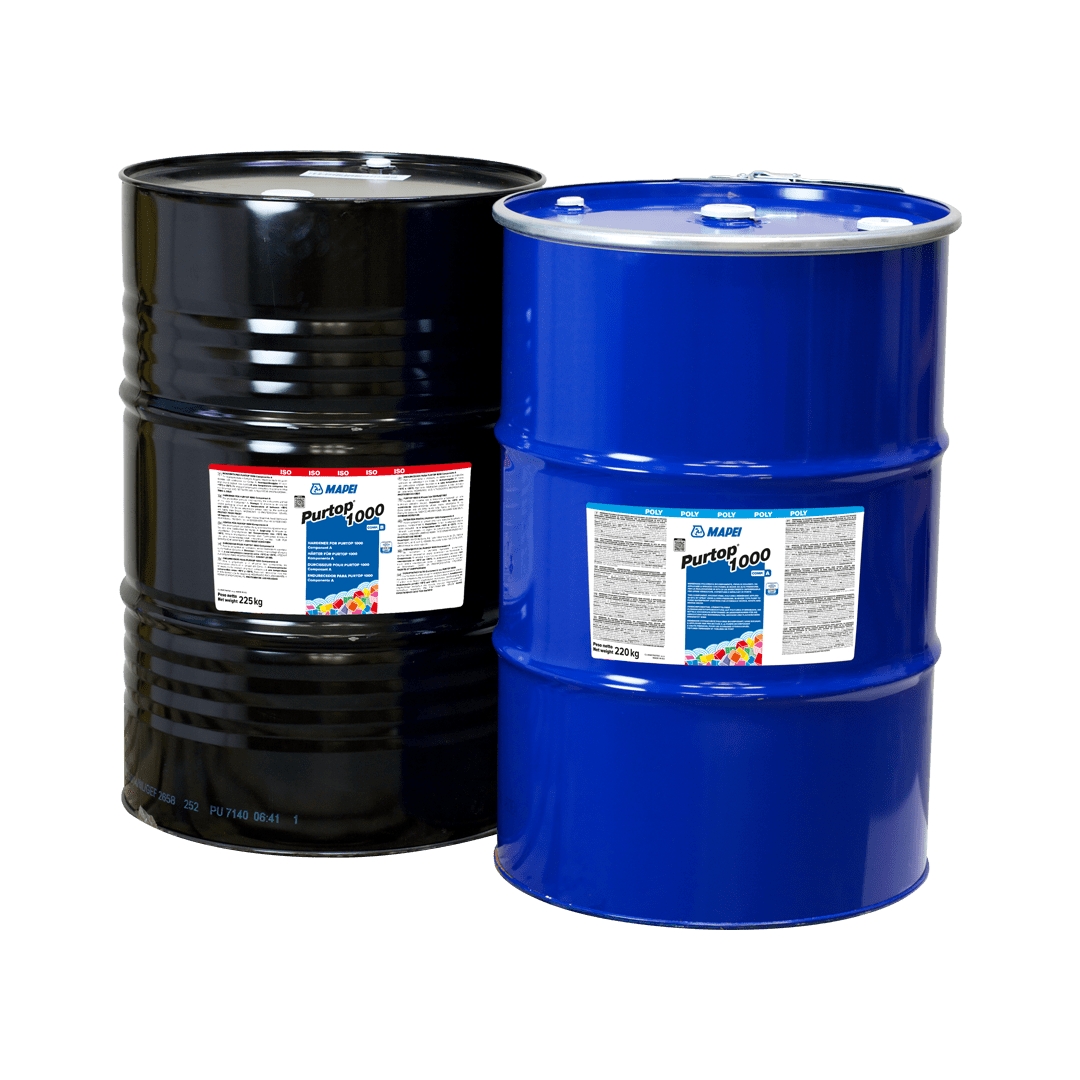The project included the renovation and retrofitting of structural and seismic upgrading systems on Ponte Ciolo, repair of damaged concrete, construction of new sections in concrete, waterproofing of the deck and new coatings for the surfaces.
A bridge that is so much more than a bridge. Ponte Ciolo, which stretches for 60 m over a bay in the municipality of Gagliano del Capo in the Province of Lecce (Southern Italy), encompasses many uses: an infrastructure along the local road network, a striking feature on the natural landscape of Salento region, an unmissable tourist attraction, an ideal spot for intrepid dives, set for movies and an icon of beauty where human effort blends sublimely with the work of Mother Nature. And that’s not all.
First and foremost, it is a part of history and represents a milestone in construction engineering. It was built between 1962 and 1967 to bring together two sides of a gorge. The designer, Antonio La Tegola, adopted the same technique as the Swiss engineer Robert Maillart, with a slim arch and a 7 m-wide deck in reinforced concrete to provide stiffness, the reason why on the original designs the bridge is indicated as “Maillart”. The use of a single span (with a semi-circular arch 41.55 m wide) and the modest thickness of the structural elements gave it a light, more appealing look, also reducing construction costs.
But it is also part of the landscape: it sits 36 m above sea level and spans the sea itself, allowing those who cross the bridge to take in breathtaking views of the colourful water and rocks below, enjoy panoramic walks, such as the “Cipolliane Path”, and to take a stone stairway to reach the bay below with its small, rocky beach. Even the name itself is testimony to the significance and setting of this bridge within the natural landscape: “ciolo”, in fact, is the name in the local dialect for Razorbills, a species of bird that nests in the cliffs where the structure is located.

The Ciolo Bridge rises 36 m above the sea itself, allowing those crossing it to enjoy the breathtaking view of the colours of the water and rocks.
Deterioration and work carried out in the past
Such an important structure from many perspectives, however, has its “Achilles heel”: because of its setting, it is constantly exposed to aggression from waves and sea aerosols. Over the years, this exposure made it necessary to carry out various interventions to consolidate the bridge, upgrade its static capacity and perform structural restoration work.
Between 1992 and 1994, ANAS (the company in charge of Italy's national road and motorway network) carried out structural strengthening work which altered the appearance of the bridge, doubling the thickness of the arch and consolidating the foundations. In 2002, various sections with damaged concrete were repaired and, between 2012 and 2013, the Lecce Provincial administration consolidated the structural foundations and strengthened the bridge by applying carbon fiber reinforcements. In 2020, non-scheduled maintenance work was carried out to waterproof the deck, repair the joints and renovate the road surface.

In 2021, the Ciolo Bridge was badly damaged despite repeated maintenance work in carried out in the past.
A new project for a “new bridge”
In spite of the numerous interventions carried out on the bridge over the course of the previous thirty years, at a frequency of around every ten years, the bridge was again in a poor state and badly deteriorated and, in 2021, a survey by Claudio Giancane of Seti Engineering s.r.l highlighted how the condition of the bridge at the time (such as a complete lack of steel reinforcement in certain sections) was no longer in a position to guarantee the functionality and safety of the structure with respect to current norms and standards. The survey, in fact, revealed there was a genuine risk of the structure collapsing and, as a result, Lecce Provincial Council commissioned Giancane to draft a definitive and executive project for further renovation work and the retrofitting of structural and seismic upgrading systems on Ponte Ciolo to bring it in line with Italian Technical Construction Standards (NTC) 2018, the new Italian highway code and regulations regarding the removal of architectural barriers.
The main objective of the renovation project for Ponte Ciolo was to guarantee the structure would have a service life of at least 65 years. But much more was achieved. The studies carried out using BIM modelling and other methods, taking into consideration the construction principles and structural and coating materials employed, scientifically demonstrated that the way the bridge was reconstructed would give it a service life of at least 100 years. In the words of Giancane, “Driving the renovation project was the desire to create not a bridge with just a new coating, but a new bridge”.
Mapei contributed to these results by supplying innovative technologies and materials that would meet the stringent design prescriptions and guarantee the durability of the work in the long term.
Apart from receiving on-site technical support from Giammario Dispoto (Major Projects, Mapei SpA), which included the drafting of technical specifications and a cost analysis, Giancane, during the draft of executive project, made use of the new platform Mapei PRO, launched by Mapei to support professionals from the design sector. This platform has an extensive range of useful tools for various areas of design work, such as cost analysis reporting (downloadable in various formats), the drafting of technical specifications, free calculation programs, specialised training and a bespoke consultancy service. Mapei PRO, therefore, facilitated the work of the design engineer, helping him quickly develop a “computer-generated estimate” using the Primus program (Acca software).
And lastly, using highly experienced specialised engineers with extensive knowledge of the sector, Mapei provided constant on-site support during all the most important and most delicate phases of the reconstruction work, right up to final trials and testing which the design engineer, Works Director and test engineer all participated in.

A project, designed by eng. Giancane, ensured proper renovation work and the retrofitting of structural and seismic upgrading systems on Ponte Ciolo.
One project, so many interventions
The project proved to be particularly complex due to the need to tackle and repair high levels of damage and because the work covered many sections of the bridge. This meant numerous interventions had to be planned, such as:
- complete reconstruction of the concrete cover of the arch and of the reinforced concrete vertical struts, with openings in the struts to reduce their weight;
- construction of a supporting counter-slab on the intrados of the box girder of the pre-existing deck;
- demolition and reconstruction of the upper slab;
- demolition and reconstruction of the spans at each end of the bridge;
- extensions to the overhanging portions running along each side of the carriageway and the resulting widening and upgrading of the pavements in line with current standards;
- creation of new protective barriers (guard-rails) compliant with currents standards;
- construction of safety parapets along the sides of the deck to stop people diving from the bridge;
- creation of an efficient rainwater runoff system;
- reconstruction of the road joints using precast systems;
- installation of new road surfaces;
- application of a polyurea waterproofing system for the entire deck;
- replacement of support devices;
- creation of cable runs and channels to upgrade the various plant systems;
- overhaul and upgrade of the lighting system.
The company Consolidamento Speciali s.r.l. of Acireale was commissioned to carry out the work, which was financed thanks to an investment of more than 4 million euros from the Ministry of Infrastructures and Transport. The main contractor (MGM s.r.l. and IDROGEO s.r.l.) completed the work on 24th April 2024 after just 13 months, fully in line with the work schedule and executive project. It was a record time given the complexity and number of interventions. A result achieved thanks to the efficiency and synergic collaboration between local authorities, professionals and private contractors, but also to the use of cutting-edge construction materials, such as those supplied by Mapei.

The concrete surfaces were waterproofed with Mapelastic Guard Zero*. The waterproofing of the deck was carried out with Purtop System Deck.
Concrete repair and new casts
A type of concrete resistant to attack from the sea air and other atmospheric agents was required to repair the old concrete and for the newly poured concrete used to reconstruct various sections of the bridge.
The solution was found by using Mapei materials such as Mapegrout GF Betoncino B1, a fibre-reinforced, free-flowing grout with very high-performance characteristics which, during the pre-qualification phase, achieved compression strength values of 65 MPa after 15 days. This grout, mixed with the curing admixture Mapecure SRA, was used to repair the concrete in the deteriorated sections after scarifying all the surfaces and passivating the steel reinforcement by applying Mapefer 1K Zero* anti-corrosion mortar.
Aggregates from local quarries and Stabilcem SCC cementitious binder were employed to mix a compact, particularly resistant and durable concrete compliant with EN 1504-6 standards. Mapecure SRA curing admixture was added to the mix to guarantee proper reduction in shrinkage.
Waterproofing and protection of concrete
After the damaged sections of concrete had been reconstructed and the new sections had been completed, Mapelastic Guard Zero* was identified as the most suitable product to waterproof the surfaces, a two-component, flexible cementitious product particularly suitable for use on large-scale concrete structures that have to withstand heavy loads and stresses. Thanks to its high crack-bridging capacity, this product protects concrete structures, including those exposed to particularly rigid climates, against cracking generated by dynamic loads, shrinkage and variations in temperature. Mapelastic Guard Zero is, in fact, highly resistant to aggressive chemicals and provides effective protection to concrete against the penetration of both CO2 (carbonation) and chlorides, aggressive elements that can potentially trigger the corrosion process in steel reinforcement and, as a result, a loss in structural integrity. By applying Mapelastic Guard on the surface of concrete, it is possible to extend the durability of structures by providing an effective barrier against the penetration of CO2 for a very long time. Use of this product was instrumental in ensuring the bridge's design life of over 50 years. The product chosen to create the coloured finish on the concrete surfaces was elastomeric Elastocolor Paint for crack-bridging protection. This product is suitable for both interior and exterior application and guarantees permanent elasticity and high resistance to chemicals and, in the case of Ciolo Bridge, was applied directly on the surfaces waterproofed with Mapelastic Guard Zero*.
A polyurea-based solution, on the other hand, was chosen to waterproof the surfaces of the deck. The first step was to apply Primer SN, a two-component, solvent-free, fillerized adhesion promoter made of epoxy resins. One coat of product was applied to completely seal all the pores in the surface of the substrate. After applying the adhesion promoter, the surface was broadcast with Quartz 0.5 and then coated with Purtop 1000 two-component, solvent-free, polyurea-based membrane applied in a minimum thickness of 2 mm using a high-pressure bi-mixer pump. The product was applied seamlessly over all the horizontal surfaces (such as the surfaces of the road and pavements), as well as inside the drainage points.
Thanks to its excellent crack-bridging properties, including at low temperatures, elongation capacity, tear strength and excellent resistance to mechanical loads and stresses, Purtop 1000 guaranteed the creation of a seamless and highly resistant waterproofing layer.
A roller was then used to apply Purtop Primer Nero one-component, solvent-based primer over the membrane, a specific product used to improve adhesion of asphalt on surfaces waterproofed with products from the Purtop line. While the product was still fresh it was broadcast with Quartz 1.2.
The next step was to apply a layer of asphalt. Before applying the asphalt, the surface had to be hot-sprayed with a keying coat consisting of bitumen modified with styrene-butadiene rubber (SBR). Ultrabond EP 2K two-component reactive adhesive was used to guarantee the coverings for the new pavements would adhere directly to the polyurea membrane.
The joints in the covering for the new pavements were grouted with Ultracolor Plus*, high performance, quick-setting and drying cementitious mortar, ideal for joints up to 20 mm wide.

Ultracolor Plus, a high-performance, quick-setting and quick-drying cementitious mortar, ideal for joints up to 20 mm, was used for grouting the joints of the new pavement.
Celebrations under the colours of the Italian flag
On 24th April last year, Ponte Ciolo was inaugurated in the presence of Stefano Minerva, President of the Province of Lecce, Gianfranco Melcarne, Mayor of Gagliano del Capo, and Luigi Tundo, Director of the Highways Authority, as well as the designer Claudio Giancane and the Project Manager, Anna Maria Riccio. To mark the occasion the bridge was lit up with a special light show using the colours of the Italian flag, a ceremony much enjoyed by the many local residents who attended on the day. A fitting conclusion to a project that had involved so many professionals who, working in synergy, achieved a result set to last a long time: at least a century.

On 24 April 2024, the Ciolo Bridge was inaugurated and illuminated with special effects to the satisfaction of the many citizens present at the ceremony.
Period of construction: 1962-1967
Original design: Antonio La Tegola
Period of the renovation project: 2023-2024
Owner: Province of Lecce – Highways Authority
Designer of the retrofitting work: Claudio Giancane - Seti Engineering s.r.l.
Main contractor: Consolidamenti speciali S.r.l. di Acireale (Catania)
Contractors: MGM s.r.l and Idrogeo s.r.l.
Project Manager: Anna Maria Riccio
Works director and safety coordinator: Claudio Giancane – SETI Engineering s.r.l.
Design team: Silvia Giancane – Pierfrancesco Giancane - SETI Engineering s.r.l.
Test manager: Donato Farì
Mapei coordinators: Giammario Dispoto (Mapei Major Projects), Gianni Capriglia, Luca Carcagnì, Rocco Romano, Paolo Banfo, Gabriele Zamperini, Antonio Scarpino, Massimiliano Antichi, Alessandro Coscia, Prof. Alberto Balsamo - Federico II University of Naples (consultant for Mapei).
Photography: Matteo Brandi
* These products are part of the CO2 Fully Offset in the Entire Life Cycle line of products. CO2 emissions measured throughout the life cycle of products from the Zero line in 2025 using Life Cycle Assessment (LCA) methodology, verified and certified with EPDs, have been offset through the acquisition of certified carbon credits in support of forestry protection projects. A commitment to the planet, to people and to biodiversity.













